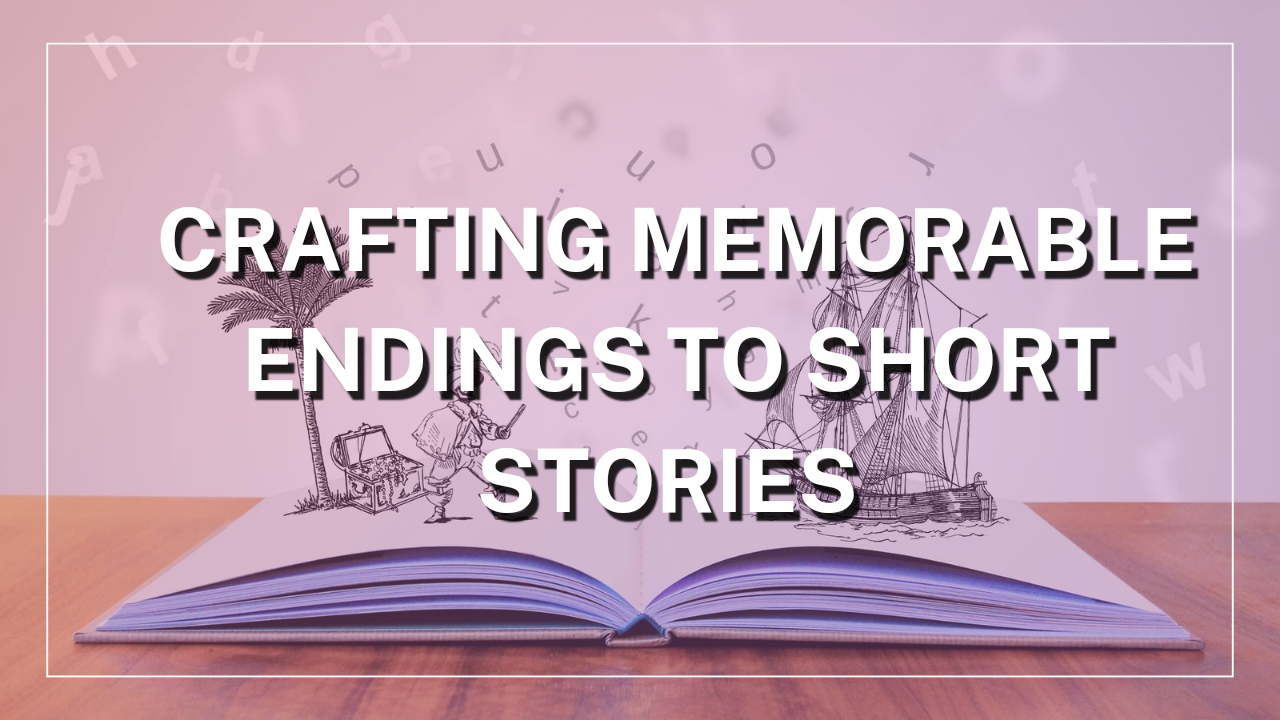In fiction, the defining part of any story is its ending. You may have written the best piece of literature, but if the ending doesn’t catch the reader’s attention, it might not be worthy of recommendation. Even the simplest of stories can get sold out on the basis of their endings. So, here are some tips to help you craft an impactful ending to your short stories.
1. Twisted Endings: A twist in the plot may defy the audience’s expectations, hence creating surprise and making them wowed by it. Certainly, this unexpected change can make the story much more memorable to its readers. It can challenge readers into a re-evaluation of prior story sections, thereby increasing reader interaction. A well-written plot twist can make a story stand out in one’s mind and become captivating as well as thought-provoking.
A great example of this can be O. Henry’s “The Gift Of The Magi”, where the protagonists give up their precious possessions to buy gifts for each other, which end up becoming useless, demonstrating their care for each other.
2. Open Endings: This type of ending leaves certain plots unresolved, letting the readers make their own conclusions by re-evaluating the story and creative thinking. This will have the story lingering in the readers’ minds as they ponder about various possibilities. But, it needs to have a thematic or emotional closure to avoid frustration for the reader, even with an ambiguous ending.
Raymond Carver’s “Cathedral” could be taken as an example, where the story ends with the protagonist experiencing an undefined moment of connection.
4. Resolute Ending: A resolute ending neatly ties plot threads, providing clear resolutions to conflicts and questions, especially satisfying in genres like mystery and adventure. When writing a suspenseful story the writer must end it by providing a clear resolution to every suspense element, question, and conflict. The ending must provide a closer to the events of the story
For example, Agatha Christie’s detective stories often conclude with a resolute ending, where Hercule Poirot or Miss Marple explains how the crime was committed and identifies the culprit.
3. Balancing Surprise and Predictability: While a surprising twist can be memorable, it should be a foreshadowed element. It should not affect the narrative coherence of the story. The writer should aim to balance the unexpected elements with underlying causes that make the ending inevitable. The plot needs to have an underlying prediction that would make the plot twist reasonable.
5. Consistency: Make sure the tone, style, and topics of the story are all addressed in the conclusion. A strange or abrupt conclusion can break the reader’s flow. Reviving ideas, motifs, or symbolism from the beginning of the narrative can bring the narrative together and provide closure. Whether your readers are left feeling shocked, happy, depressed, or reflective, you need them to feel something.
By considering different types of endings and employing techniques that align with your narrative, you can create a conclusion that resonates deeply with your readers and ensures your story is remembered long after it is read.

